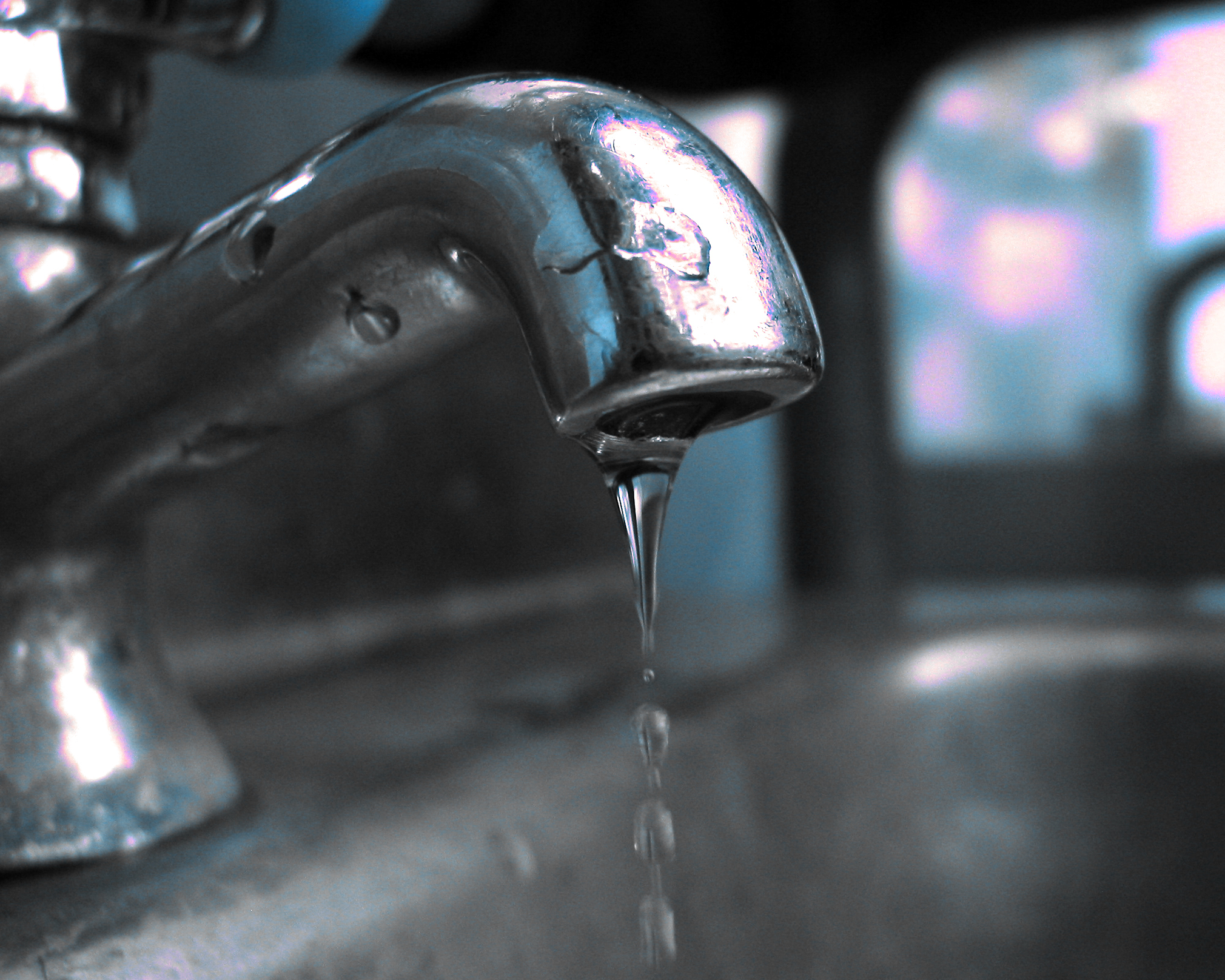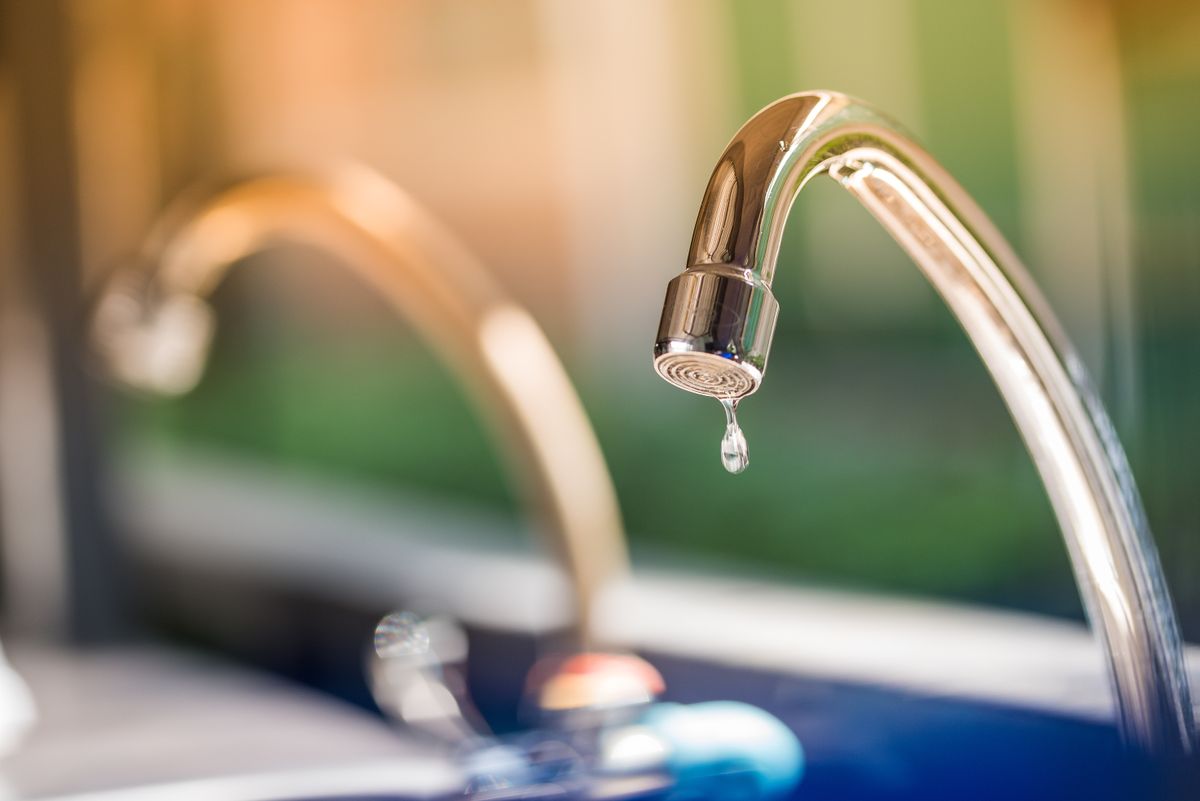Uncovering the Importance of Correcting a Malfunctioning Faucet
Uncovering the Importance of Correcting a Malfunctioning Faucet
Blog Article
How do you actually feel in relation to What Causes Leaky Faucets & How To Fix Them?

Dripping faucets could look like a minor trouble, but their impact goes beyond simply the inconvenience of the sound. From drainage to sustaining unnecessary financial costs and wellness risks, neglecting a dripping faucet can result in different repercussions. In this short article, we'll delve into why it's essential to address this usual home issue without delay and successfully.
Wastage of Water
Ecological Impact
Trickling faucets add substantially to water wastefulness. According to the Environmental Protection Agency (EPA), a solitary faucet trickling at one drip per secondly can lose greater than 3,000 gallons of water per year. This not just pressures water resources however additionally affects ecological communities and wildlife depending on them.
Financial Costs
Boosted Water Costs
Past the environmental impact, leaking faucets can pump up water costs substantially. The accumulated wastage gradually equates into higher utility expenses, which could have been avoided with timely repairs.
Possible Home Damage
Additionally, extended dripping can lead to harm to components and surfaces surrounding the tap. Water build-up can cause discoloration, rust, and even architectural concerns if left unattended, causing added repair work expenses.
Health Worries
Mold And Mildew and Mildew Development
The constant existence of wetness from a dripping tap produces an excellent atmosphere for mold and mildew and mold growth. These fungis not just compromise indoor air high quality yet also present wellness threats, specifically for people with respiratory conditions or allergic reactions.
Waterborne Conditions
Stationary water in trickling taps can end up being a breeding place for germs and various other virus, raising the threat of waterborne illness. Impurities such as Legionella bacteria thrive in stationary water, possibly resulting in major illnesses when consumed or breathed in.
DIY vs. Professional Fixing
Benefits and drawbacks of DIY Repair
While some might attempt to deal with a leaking tap themselves, DIY repair work feature their own collection of challenges. Without appropriate expertise and tools, do it yourself efforts can intensify the concern or lead to insufficient repairs, extending the trouble.
Advantages of Hiring an Expert Plumber
Employing a specialist plumber makes certain that the underlying reason for the trickling tap is resolved efficiently. Plumbers have the knowledge and devices to identify and repair tap concerns efficiently, saving time and reducing the risk of further damages.
Step-by-Step Overview to Taking Care Of a Dripping Faucet
Tools Called for
Prior to attempting to fix a trickling tap, gather the essential devices, including a flexible wrench, screwdrivers, replacement components (such as washers or cartridges), and plumber's tape.
Common Tap Issues and Their Solutions
Determine the type of tap and the specific problem causing the drip. Typical troubles include damaged washers, corroded shutoff seats, or faulty O-rings. Refer to maker guidelines or online tutorials for step-by-step support on repair work.
Safety nets
Routine Upkeep Tips
To avoid dripping taps, do routine upkeep such as cleaning aerators, evaluating for leaks, and changing worn-out parts quickly. In addition, take into consideration mounting water-saving tools or upgrading to much more efficient components.
Value of Prompt Fixes
Attending to dripping taps as quickly as they're observed avoids further water wastage and possible damage, eventually saving both water and cash in the future.
Effect On Building Value
Perception of Well-Maintained Building
Keeping a building in good condition, including addressing maintenance problems like trickling faucets, boosts its viewed value and worth among potential purchasers or lessees.
Impact on Resale Worth
Features with properly maintained plumbing fixtures, consisting of taps, command higher resale worths in the real estate market. Addressing trickling faucets can add to a favorable perception throughout building assessments and arrangements.
Environmental Duty
Individual Contribution to Preservation
Taking duty for repairing leaking taps straightens with broader initiatives toward water conservation and environmental sustainability. Every individual's activities jointly make a substantial impact on preserving precious resources.
Sustainable Living Practices
By prioritizing punctual fixings and taking on water-saving behaviors, people add to lasting living methods that benefit both present and future generations.
Conclusion
Addressing a trickling tap exceeds mere convenience; it's a vital step towards preserving water, minimizing financial prices, and guarding health and wellness and home. Whether through do it yourself repair work or specialist support, acting to repair trickling taps is a small yet impactful means to promote liable stewardship of resources and add to a healthier, a lot more lasting future.
How to Fix a Leaky Faucet: Step-by-Step Repair Guide
A leaky faucet may seem like a simple annoyance, but if it's not fixed promptly, that leak could cost hundreds to potentially thousands. From water damage to mold, mildew, and high water bills, even a tiny leak can be catastrophic if left unattended. Damage like this can even affect the overall value of your home, so it's important to take the right approach for leaky faucet repair. You may need the help of a plumber in some cases, but we've got a few tips you can try on how to fix a leaky faucet before calling the pros.
Four Faucet Types
When you're learning how to fix a leaky faucet, the first step is knowing what kind of faucet you're working with! There are four common types.
Cartridge Faucets
Cartridge faucets come in one- or two-handled varieties. In one-handled cartridge faucets, hot and cold water combines in a single cartridge. In the two-handled versions, hot and cold water are controlled separately and mixed in the faucet.
Ball Faucets
Ball faucets have a single lever you push up and down to adjust the pressure and rotate to change the temperature. A slotted metal ball controls the amount of water allowed into the spout.
Compression Washer Faucets
They're the oldest type of faucet, but they're still used in many homes — especially older ones. Compression faucets have two separate handles that, when turned, raise or lower the washer that seals a water valve. This valve stops water from flowing through the faucet when it is turned off.
Disc Faucets
Disc faucets rarely need to be repaired due to their maintenance-free design. The water flow is controlled by two discs — the upper one raises and lowers against a fixed lower disc, creating a watertight seal. If your disc faucet starts leaking, you may need to replace the seals or clean residue buildup from the inlets.
Fixing a Leaky Faucet
Step 1: Turn Off the Water
Whether you're learning how to fix a leaky bathtub faucet or how to fix a leaky kitchen faucet, always turn off the water supply to your working area when you're fixing a leak. The last thing you want is a flood added to your list of things to fix.
Look for the shutoff valves below your sink or around the tub and turn them clockwise to stop the water flow. If your faucet doesn't have shutoff valves, you may need to turn off the water for the whole house. Check to make sure it's off by turning the faucet on. If nothing comes out, you're ready to start the repair.
Step 2: Take Apart the Faucet
How you disassemble your faucet depends on the type of fixture you have. You can use a flathead screwdriver to remove the caps on top of the handle or handles for cartridge and compression faucets. Inside, you should see handle screws. Unscrew these with a screwdriver to remove the handle.
Disc- and ball-style faucets will typically have an inlet screw near the handle, and removing that will reveal the interior of the faucet.
Detach the Valve Stem
For cartridge- and compression-style faucets, you'll see the inner valve stem or cartridge once you remove the faucet handles. If you have a compression faucet, unscrew the brass valve stem. If you have a cartridge faucet, pull out the cartridge. If your cartridge has been in place for a while, it may require some tools or extra force to remove it due to mineral deposits.
Examine and Replace Parts
Once you've removed the parts, check them out to confirm what needs to be replaced. You may see corroded rubber washers, O-rings, stems, or cartridges. On a ball-style faucet, check the seats and springs for damage.
If you need to repair a leaky disc faucet, check the inlet and seals on the lower disc.
Once you determine what parts must be replaced, visit your local hardware store. Bring the damaged parts with you to ensure you can purchase the correct components to replace them.
Clean Valves and Faucet Cavity
If you've removed a stem or cartridge, you may notice mineral buildup in the faucet's threads. Use white vinegar to clean the valve seat by soaking it for a few minutes, then scrub it away with a soft toothbrush and rinse with warm water. You can also clean the interior of the faucet in the same way.
Reassemble the Faucet
Once your faucet is cleaned and the required parts have been replaced, it's time to reassemble it. Put the pieces back together and slowly turn the water supply back on. Doing this slowly is crucial because too much initial water pressure can damage the new hardware you've just installed.
https://homewarranty.firstam.com/blog/how-to-fix-leaky-faucet

I'm very interested in Why Are My Faucets Dripping (And Can I Fix It Myself)? and I really hope you liked the page. Enjoyed reading our write-up? Please quickly share it. Help others check it out. Thank you for taking the time to read it.
Report this page